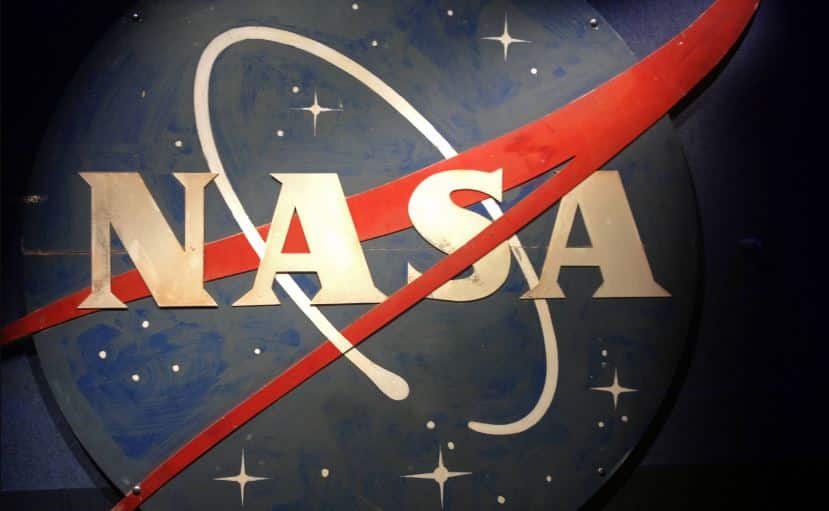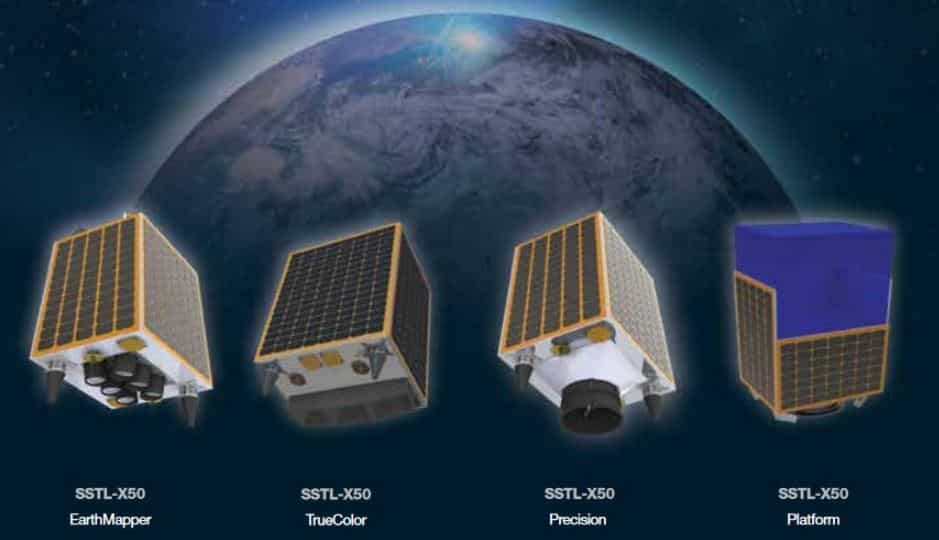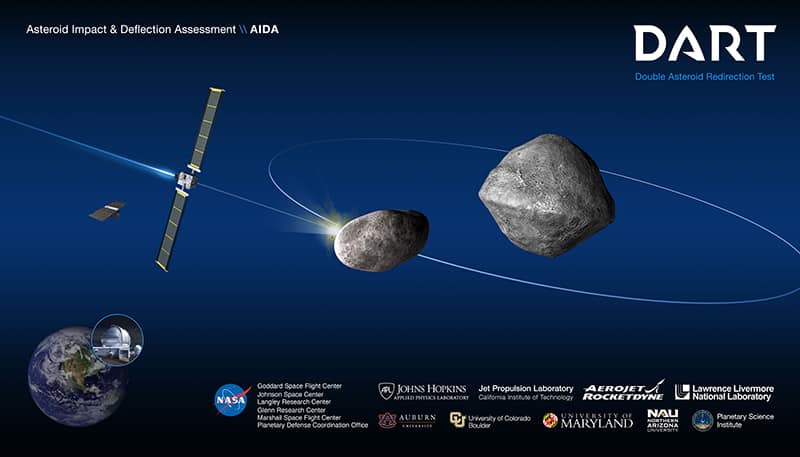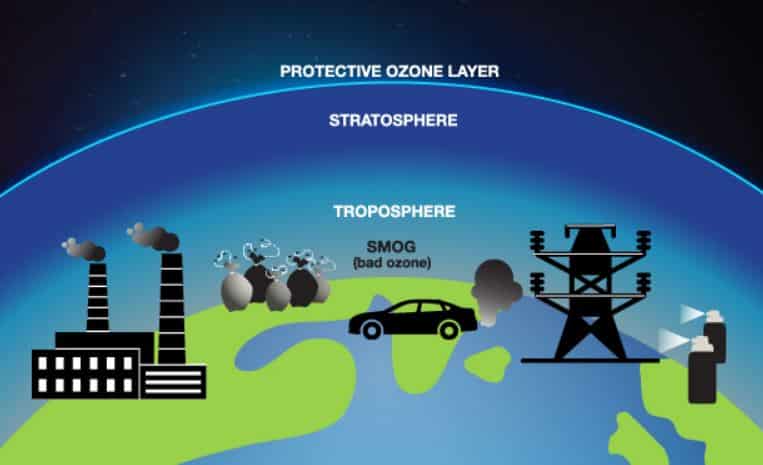Atmospheric Waves Experiment (AWE) mission| NASA | UPSC – IAS
The NASA has selected a new mission Atmospheric Waves Experiment (AWE) and is expected to be launched in August 2022, attached to the exterior of the Earth-orbiting International Space Station.
Atmospheric waves are motions of air in the Earth’s atmosphere which have different spatial (meters to thousands of kilometers) and temporal scales (minutes to weeks). They can impact the wind, density, pressure or temperature fields and can be identified as fluctuations of these parameters.
Atmospheric Waves Experiment (AWE) mission will help scientists understand and, ultimately, forecast the vast space weather system around our planet. Space weather is important because it can have profound impacts – affecting-
-
- Technology and astronauts in space,
- Disrupting radio communications and,
- At its most severe, overwhelming power grids.
About Atmospheric Waves Experiment (AWE)
- It will investigate how waves in the lower atmosphere, caused by variations in the densities of different packets of air, impact the upper atmosphere.
- Atmospheric Waves Experiment (AWE) will focus will focus on colourful bands of light in Earth’s atmosphere, called airglow, to determine what combination of forces drive space weather in the upper atmosphere.
- Earlier it was thought that only Sun’s constant outflow of ultraviolet (UV) light and particles, solar wind, could affect airglow region. However, now researchers have learned that Earth’s weather also have effect on it.
- AWE was one of two finalists selected by NASA in 2017 as a heliophysics mission of opportunity for NASA’s Explorers program of small missions. The other finalist was the Sun Radio Interferometer Space Experiment (SunRISE), a constellation of cubesats that would act as a synthetic aperture radio telescope to study the formation of solar storms.
What is Heliophysics ?
- It is the study of the effects of the Sun on the Solar System; it addresses problems that span a number of existing disciplines – solar and heliospheric physics, and magnetospheric and ionospheric physics for the Earth and other planets.
- The discipline is closely related to the study of Space Weather, which can affect the technology on which we all depend, however heliophysics is more generalised covering all parts of the Solar System rather than just the Sun-Earth connection.











